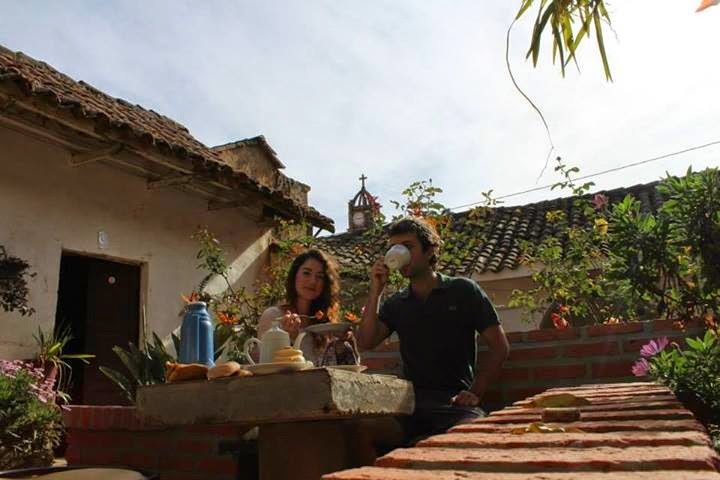Built in the fifteenth century in the rocky promontory at 2500 meters above sea level which combines the two mounts Machu Picchu and Huayna Picchu, Machu Picchu is a granite city that was house to an ancient Andean Inca population. This lost city remained hidden in the heart of the Andes for 400 years, until in 1911 the American explorer Hiram Bingham discovered it "officially". And from there, the lack of written records about its origins and history still left many enigmas and mysteries that archaeologists from around the world are still trying to solve: temples, altars, houses ... Machu Picchu was a sanctuary, a royal residence, or what? How could a population who ignored the use of the wheel create such a work of engineering and architecture, in such a narrow place? Even today, these questions continue to fascinate us.
How to get to Machu Picchu?
Machu Picchu is located in the department of Cuzco and is about 130 km from Cuzco, which is the ancient capital of the Inca Empire, then considered the navel of the world - A visit in this beautiful city is highly recommended!! at least a couple of days. The ways to get to Machu Picchu are essentially three:
* In helicopter, from Cuzco to Aguas Calientes, the village with tourist facilities located at the foot of Machu Picchu. - fast but expensive!
* By bus and train from Cuzco to Aguas Calientes, which takes about three hours. This is the way that the majority of visitors chose, mainly for reasons of time (and cost, compared with the helicopter).
* By train from Cuzco to the "82 km", from which you can start a hike towards Machu Picchu, along the fascinating and challenging Inca Trail. In three or four days you can walk along the steep paths along the gorgeours valleys of the sacred Inca Urubamba River, arriving in the early morning of the 3rd/4th day, in front of this wonderful hidden city, and stare in front of the sunrise.
 |
| The train to Aguas Calientes |
 |
| Te small town of Aguas Calientes, below the Machu Picchu |
Recommendations: I recommend using comfortable shoes, drink plenty of water, use insect repellent and sunscreen. Alos, don't forget to bring a swimsuit, since in Aguas Calientes there are thermal baths where you can relax after the trek up the mountain! The best time to visit? From July to September is the ideal, but also the spring-autumn are good. Instead, in January, February and March should be avoided because of the rains!
Peru is a unique country and Machu Picchu is one of the things that you should visit sooner or later in life. Happy travel to those about to venture into this beautiful country!



















.JPG)








































